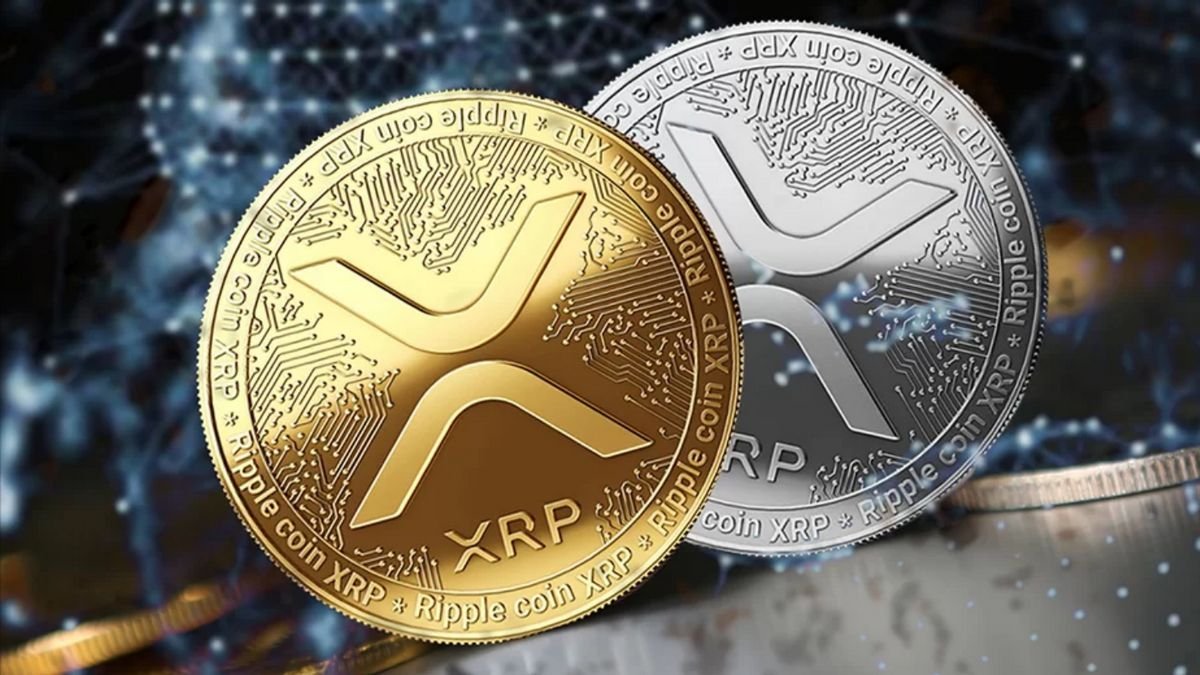What is XRP: XRP, also known as Ripple, is a digital currency and payment protocol developed by Ripple Labs Inc. since 2012. Its primary objective is to facilitate fast and cost-effective cross-border transactions.
Decentralized Ledger:
XRP operates on the XRP Ledger, a decentralized ledger that utilizes a consensus algorithm for transaction validation. This mechanism allows for quick confirmations and scalability, distinguishing it from proof-of-work systems like Bitcoin.
Pre-mined Supply:
Unlike Bitcoin, XRP does not rely on mining. Its total supply of 100 billion coins was pre-mined at launch, with a significant portion held by Ripple Labs. This has sparked debates about centralization within the cryptocurrency community.
Cross-Border Solutions:
Ripple focuses on solving inefficiencies in cross-border payments, which are often slow and costly due to multiple intermediaries. Its products like RippleNet and On-Demand Liquidity enable real-time settlement using XRP as a bridge currency.
Adoption and Challenges:
While XRP adoption by financial institutions is growing, regulatory uncertainty, particularly regarding its classification as a security, poses challenges. Nevertheless, XRP remains a top cryptocurrency by market capitalization and is actively traded on various exchanges worldwide.
Conclusion:
XRP’s innovative approach to cross-border payments and its potential for cost savings continue to drive its adoption. Despite regulatory hurdles, Ripple’s vision of revolutionizing the financial industry remains strong, positioning XRP as a significant player in the world of digital currencies.
